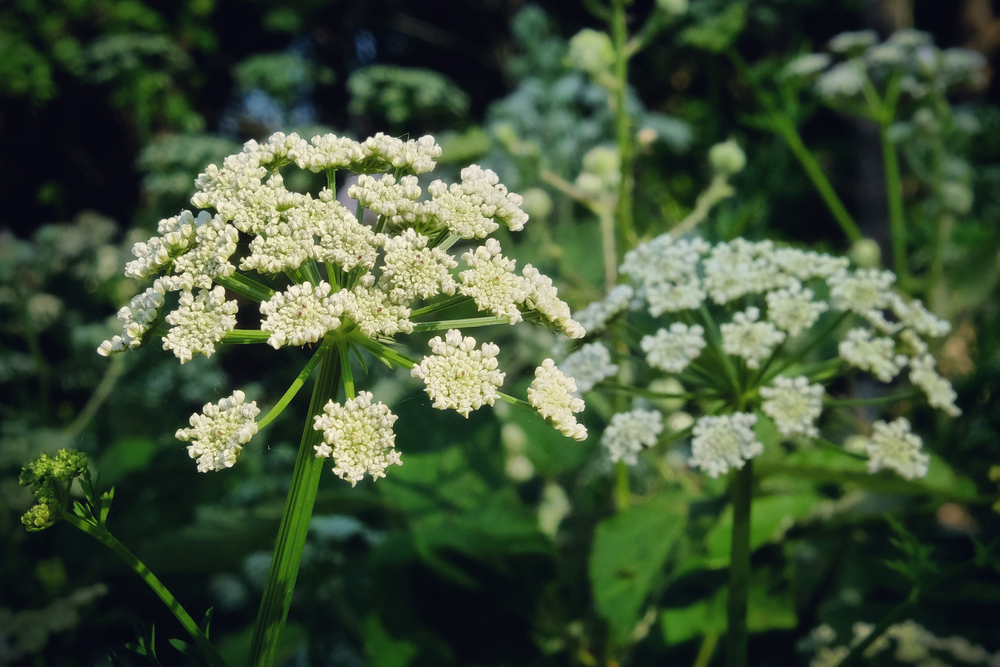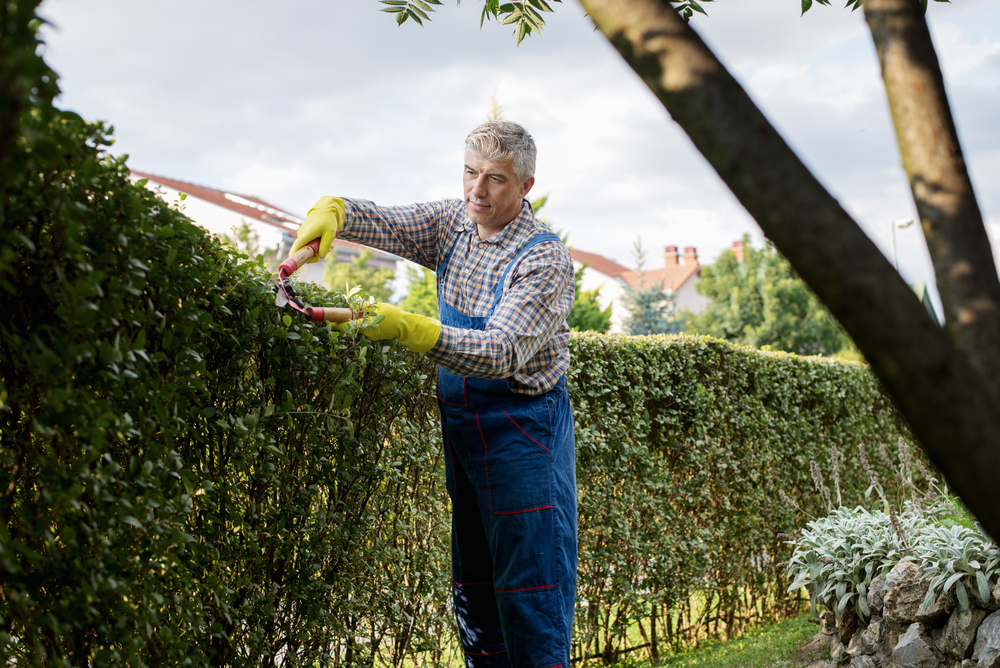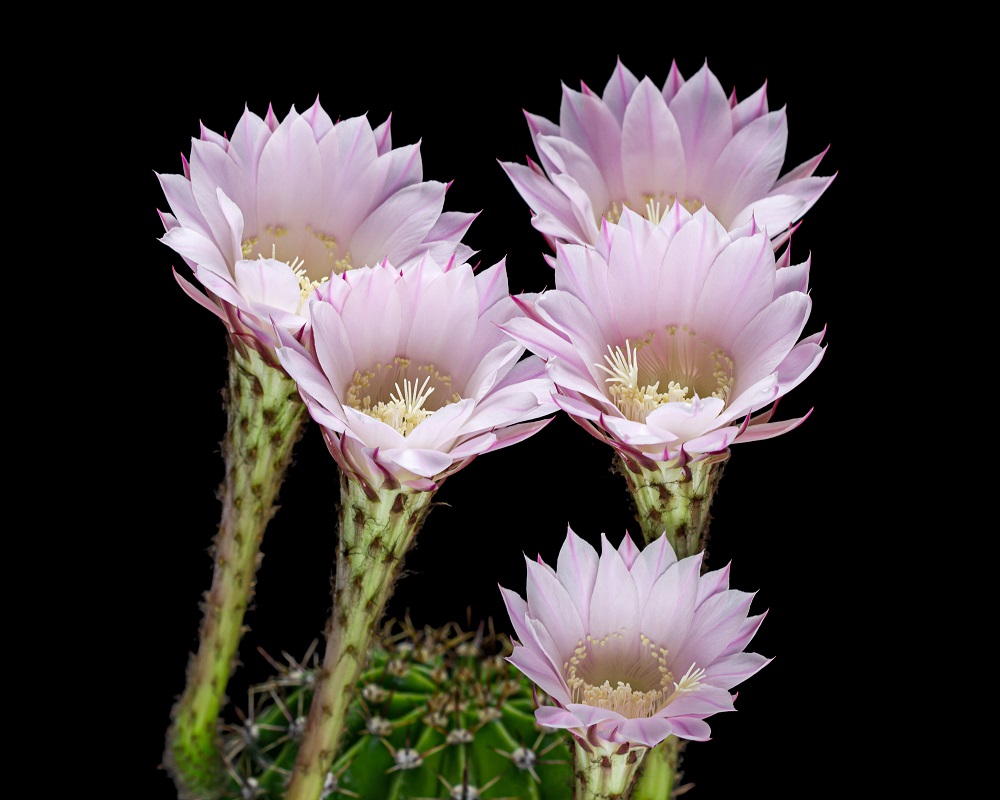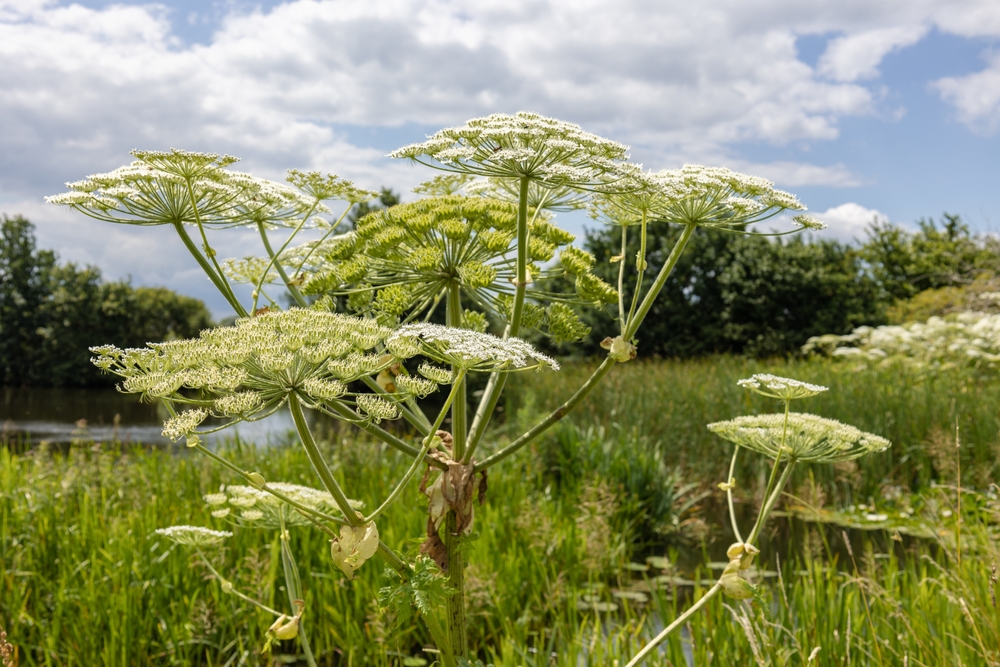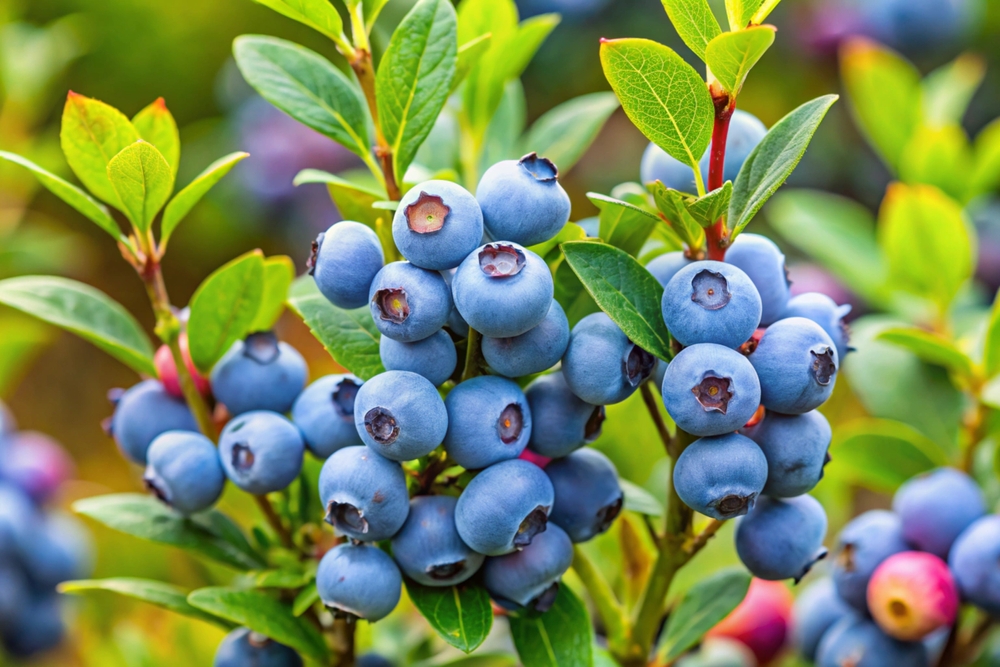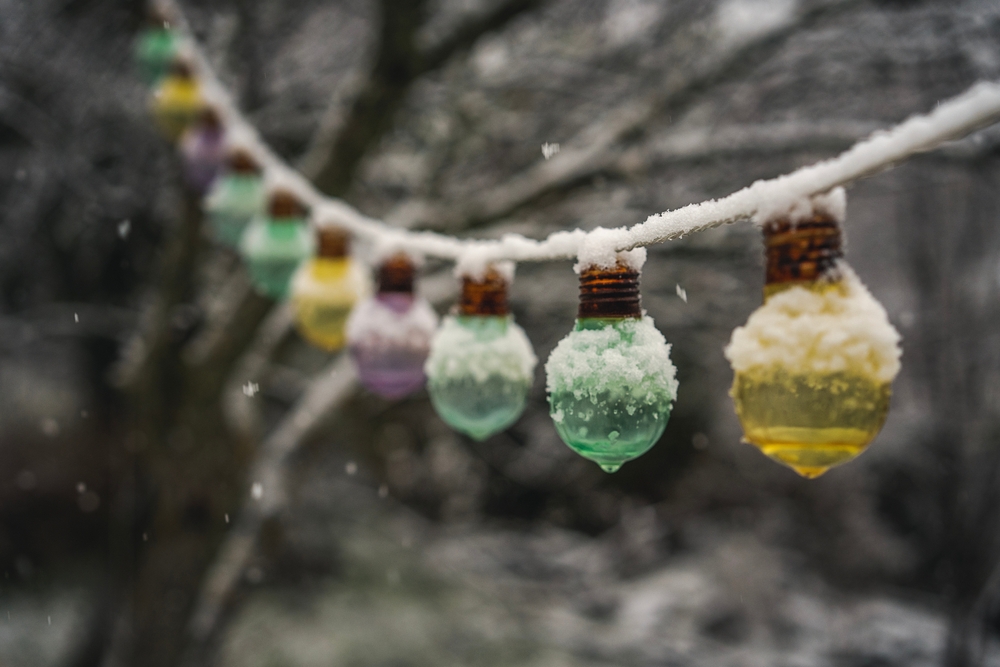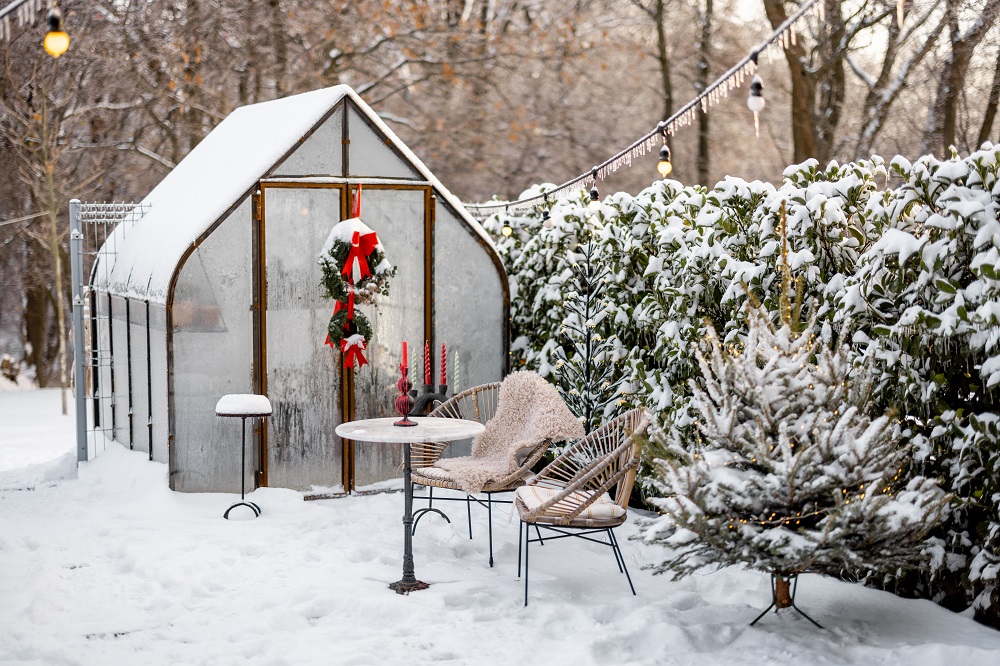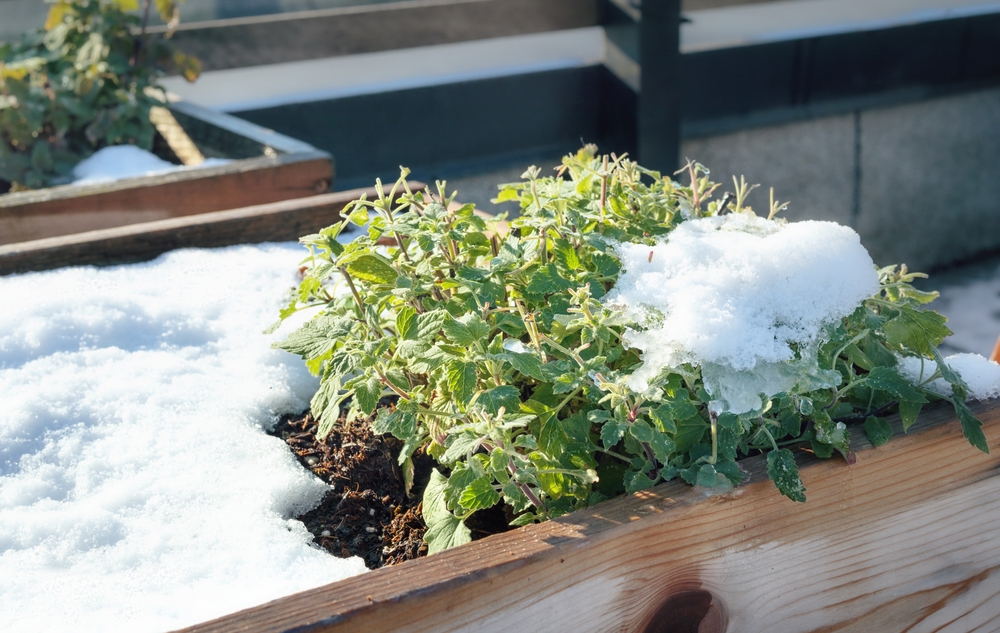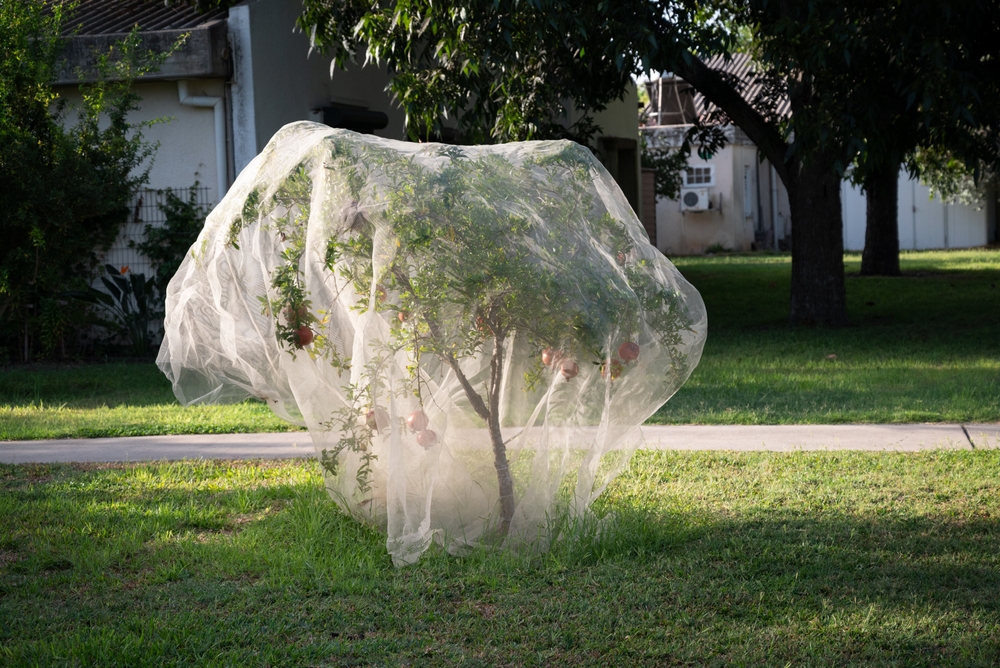Composting—have you tried it?
Maybe it doesn’t sound like the most exciting activity, but composting can make your garden go from sad to wow in just a couple of weeks. But for amateur gardeners, this is not an activity they explore. Well, maybe it is time to change that and find out the secrets of composting.
What you need to know is that you don’t have to be afraid because it is not fancy. Any beginner can do this, and their plants will surely be thankful. Also, I’ve tried this at some point, and things turned out amazing. Now I have a compost bin in the backyard, and I use it constantly.
So you can see this as a guide from beginner to beginner. Get ready to change your garden! Learn the secrets of composting here!
Why would I ever compost?
Oh well, this is a great question to start your journey. After all, our curiosity is what makes us move further, right? So, how can this help you and your garden?
I am sure that you have a trash can where you put all of the things, such as vegetable peels, coffee grounds, leftovers, and other organic stuff you have used in the kitchen. You can make something good for nature and transform all of this into compost.
Get a compost bin, turn all that kitchen waste into natural fertilizer, and make your garden thrive like never before! That “trash” has all the nutrients the plants need, and you can help them get all they need.
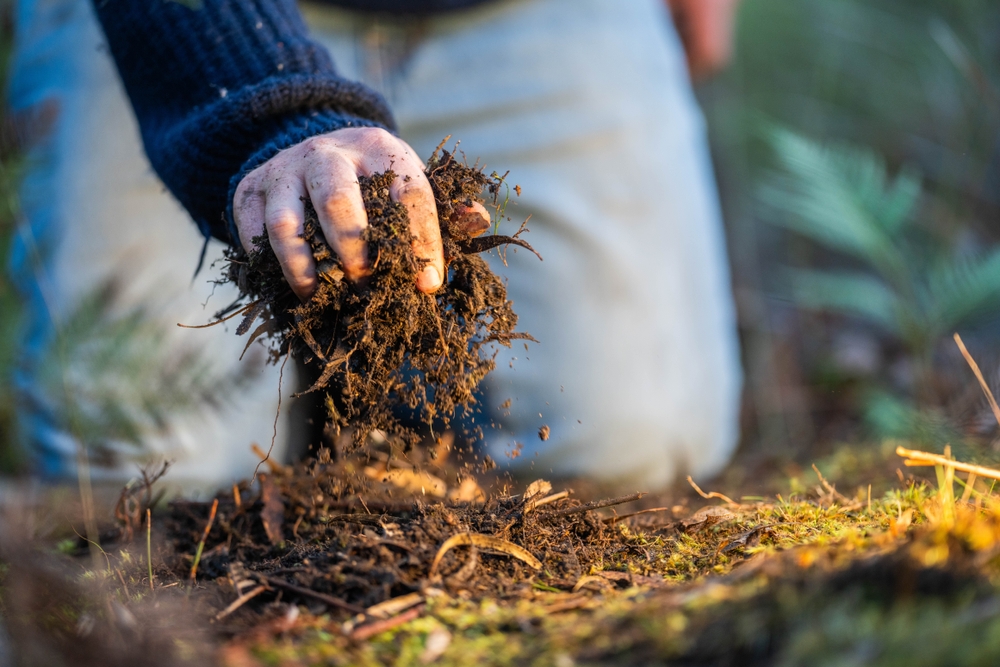
How is this working?
You can say it’s magic, but it’s not the kind of magic you are thinking about; it is the magic of nature!
All the waste gets in the compost bin, and then heat and the piled-up waste gets heated up, then the bacteria and bugs do their stuff, and then they start breaking down all the nutrients and get released.
For short, bacteria eat all this stuff, and then they release all the nutrients your plants need. Composting mimics how nature recycles organic matter in forests and other ecosystems, turning waste into valuable food for plants.
This process not only reduces the amount of waste sent to landfills but also helps create healthier, more fertile soil for your garden, and that’s why I love composting.
There are more types of compost
Hot composting, cold composting—what’s the deal with all of this?
Ok, let’s start with the first one, cold composting. This is the classic one that everyone thinks about when they hear composting. The one with the bin where you can put garden waste and kitchen waste inside and let nature do its job. You don’t even need a bin at all; a pile in the garden is more than perfect.
For hot composting, you’ll need an insulated bin. This type of bin has the ability to trap the heat inside, and the higher temperatures are able to kill off pathogens, weed seeds, and pests that might survive in cooler compost piles. Also, the high temperature speeds up the breakdown of organic material.
Now, let’s dive into the world of bokashi bins. This is something different, and it basically “pickles” the waste you put inside. This method, which originates from Japan, uses anaerobic fermentation, meaning the process occurs without oxygen.
The waste gets compacted into a bin until all air is eliminated and the bin is sealed tightly to create an environment that has no air inside. It will take 1-2 weeks for the waste to ferment, but in the end, I believe it’s totally worth it.
Since you have a better idea of how all the composting methods work, it’s time to choose the one you like the most. This means I am going to break down all of them, and I hope this will make things easier for you.
Cold composters
You don’t need much for this; you only need a place to make a pile of organic waste in your garden. This is not how I started, but many do and is as effective as any other method. But if you want something more contained, you can use a black plastic bin or a wooden box.
Make sure you deposit your composting pile or bin in a warm, sheltered place. Also, it should be an accessible spot that makes it easier for you.
Things you can put in the composting bin: shredded paper and cardboard, uncooked food waste, tea bags, coffee grounds. Never put meat, fish, or cooked food.
In terms of maintenance, you just need to give it a turn from time to time, and this is all.
Hot composters
This is a more versatile composting method, and it helps you manage both food waste and garden waste. My choice for a hot composter is the “Green Johanna.” These composting bins are made to trap the heat, and the temperatures can reach 104°F to 140°F.
Compared to the cold composters in these ones, you can put cooked food, meat, dairy, and fish in them without needing to worry. But make sure that there should be a balance between the green and brown materials. Greens are rich in nitrogen and include food scraps, grass clippings, and chicken manure. Browns are carbon-rich materials like straw, leaves, shredded newspaper, and cardboard.
One advantage is that since the temperatures are higher inside the composter, the whole process will take less time than it takes in the cold composters.
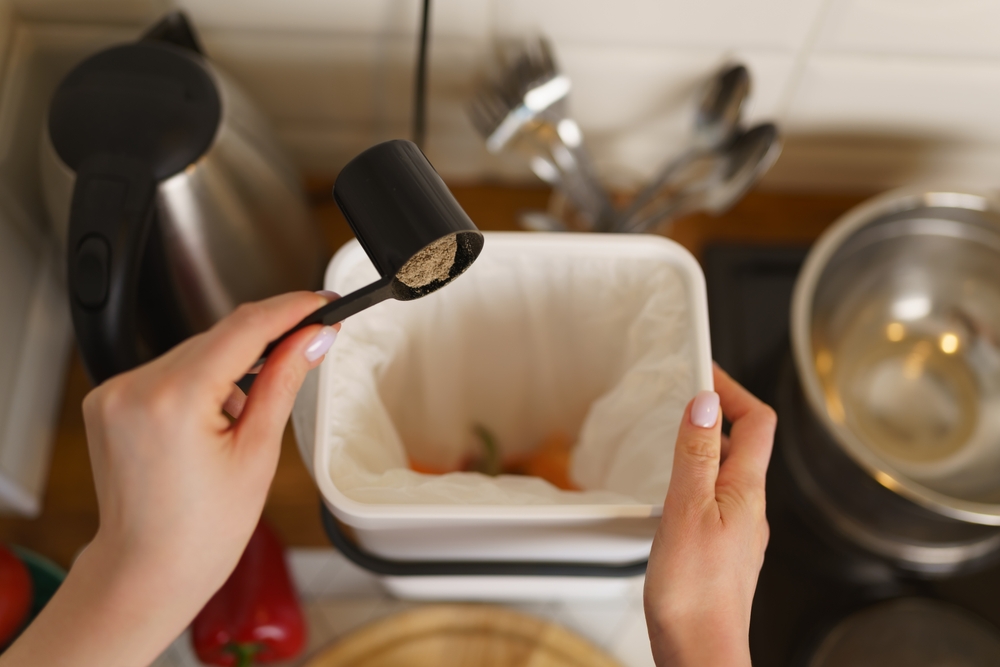
Bokashi bins
These are some unique bins, and they are perfect for anyone who doesn’t have enough space for the traditional composters. As I already mentioned, this bin has a mechanism that is different, and instead of decomposing the waste, it pickles it.
What you’ll need to do is layer the waste with the special bran that contains beneficial microbes, including yeasts and lactic acid bacteria. These microorganisms will break down the waste and prevent it from rotting.
You can add anything you want in the bokashi bin, from cooked food, including meat and fish, to vegetable scraps, fruit peels, and bread.
When the process starts, you will get the pickled/fermented food waste and the bokashi liquid that you can use to water plants.
Since you will most probably keep this bin inside your home, you might be worried about the smell, right? Well, there is no need to do that because the bokashi bin doesn’t produce odor if you take good care of it.
Composting is easy to do once you find the method that fits your lifestyle. So, if you want to start to have healthier plants, this is your chance! You can’t really go wrong with this process, and in the end, you will be rewarded with all of its benefits.
If you tried composting before, I want you to share your experiences with our readers. Both positive and negative experiences are welcomed, as people can learn from them.
Ready to give it a try?
Grab your bokashi bin form here: All Seasons Indoor Composter Starter Kit – 5 Gallon Tan Compost Bin For Kitchen Countertop With Lid
Maybe you are confused as to why some of the plants don’t like it in your garden. There can be many factors, but the place you live in is incredibly important and can help you decide what the perfect plants are. This is why this guide about what the best plants to grow based on the state you live in can be truly helpful: Best Plants to Grow Based on the State You Live In!

